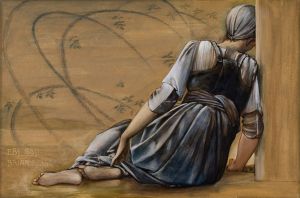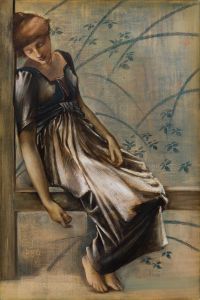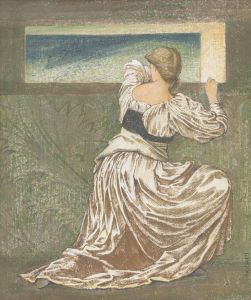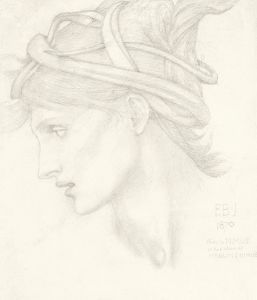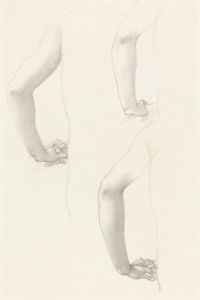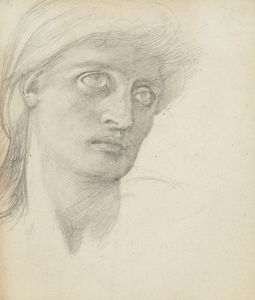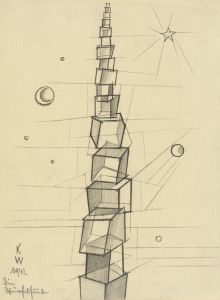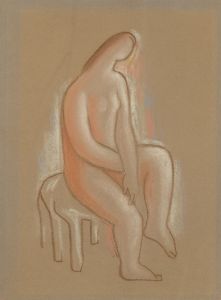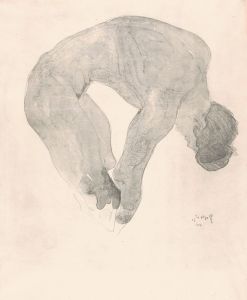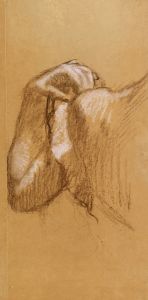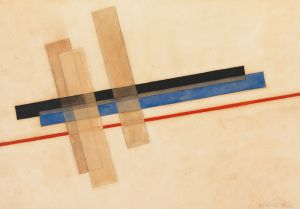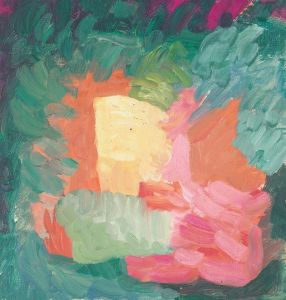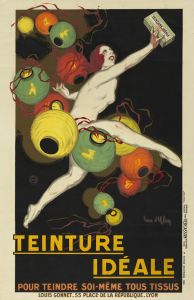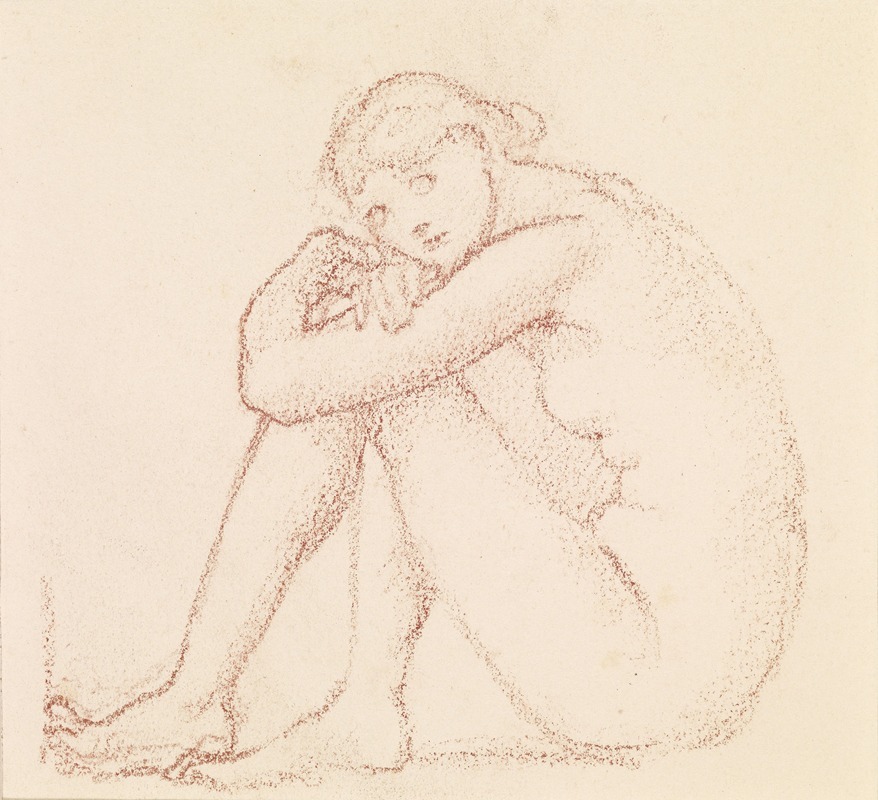
Female Nude – Study
A hand-painted replica of Sir Edward Coley Burne-Jones’s masterpiece Female Nude – Study, meticulously crafted by professional artists to capture the true essence of the original. Each piece is created with museum-quality canvas and rare mineral pigments, carefully painted by experienced artists with delicate brushstrokes and rich, layered colors to perfectly recreate the texture of the original artwork. Unlike machine-printed reproductions, this hand-painted version brings the painting to life, infused with the artist’s emotions and skill in every stroke. Whether for personal collection or home decoration, it instantly elevates the artistic atmosphere of any space.
"Female Nude – Study" is a drawing by Sir Edward Coley Burne-Jones, an influential British artist and designer closely associated with the Pre-Raphaelite Brotherhood and the later Arts and Crafts Movement. Born in 1833, Burne-Jones was a key figure in the 19th-century art scene, known for his romantic and often medieval-inspired works.
The drawing "Female Nude – Study" exemplifies Burne-Jones's skill in capturing the human form with grace and sensitivity. This study, like many of his works, reflects his meticulous approach to anatomy and his dedication to the idealized beauty that characterized much of his oeuvre. Burne-Jones often created numerous preparatory sketches and studies for his larger paintings, and this drawing is likely part of that process.
Burne-Jones's interest in the human figure was influenced by his admiration for Renaissance artists, particularly Sandro Botticelli and Michelangelo. This influence is evident in the classical proportions and the serene, almost ethereal quality of the figure in "Female Nude – Study." The drawing showcases his ability to render the delicate contours of the body with fine lines and subtle shading, creating a sense of depth and volume.
The Pre-Raphaelite Brotherhood, founded in 1848 by artists including Dante Gabriel Rossetti, John Everett Millais, and William Holman Hunt, sought to return to the detail, intense colors, and complex compositions of Quattrocento Italian art. Although Burne-Jones was not an original member, he became closely associated with the movement through his friendship with Rossetti. His works often feature mythological, literary, and religious themes, rendered with a distinctive blend of realism and idealism.
"Female Nude – Study" is a testament to Burne-Jones's dedication to the artistic principles of the Pre-Raphaelites, particularly their emphasis on beauty and craftsmanship. His drawings were not merely preparatory works but were valued as finished pieces in their own right, appreciated for their technical precision and aesthetic qualities.
Burne-Jones's impact extended beyond his own artwork; he was also a significant figure in the Arts and Crafts Movement, which advocated for the integration of art into everyday life and the revival of traditional craftsmanship. His collaborations with William Morris, another key figure in the movement, included designs for stained glass, tapestries, and other decorative arts.
The legacy of Sir Edward Coley Burne-Jones is evident in the continued admiration for his work, both in his lifetime and posthumously. His drawings, including "Female Nude – Study," are held in high regard for their beauty and technical mastery, and they continue to be studied and appreciated by art historians and enthusiasts alike.
In summary, "Female Nude – Study" by Sir Edward Coley Burne-Jones is a fine example of the artist's skill in drawing and his commitment to the ideals of the Pre-Raphaelite Brotherhood. The work reflects his meticulous approach to the human form and his broader contributions to 19th-century art and design.





